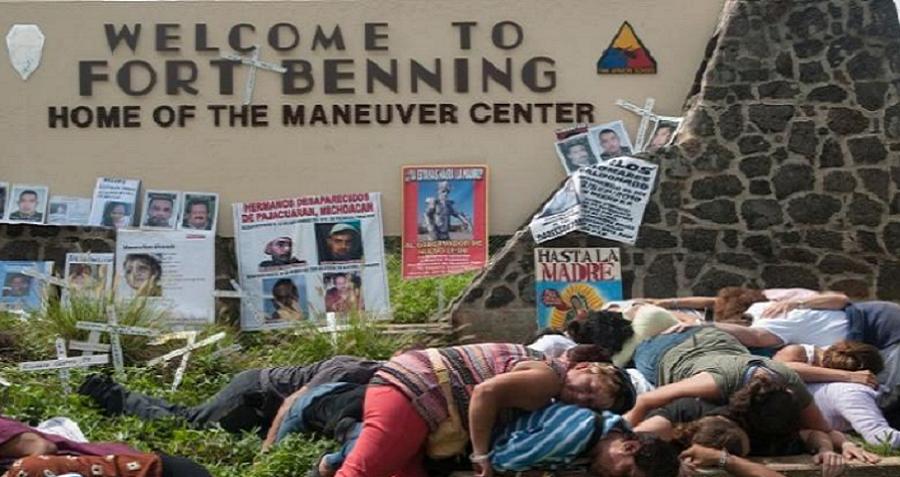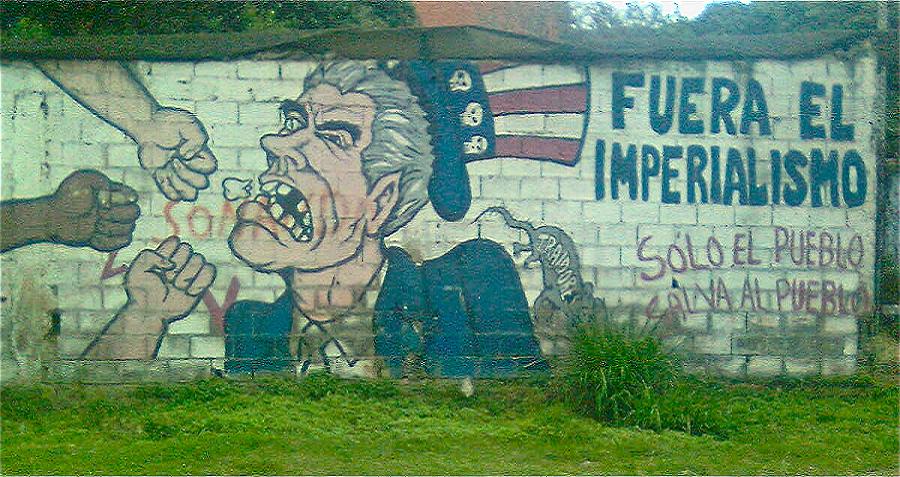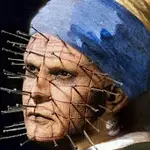The Assassins’ University

Twitter/teleSUR English
Fresh off of its “success” in Iran, the CIA spent much of the 1950s overthrowing governments that displeased American interests all over the world.
In 1954, the CIA engineered the takedown of Guatemala’s government. In 1955, it toppled Cambodia’s government. In 1958, ’59, and ’60 it overthrew a series of governments in Laos. From 1960 to 1963, the target was Ecuador. In 1960, it was Congo. In 1962-64, it was Brazil, then the Dominican Republic, then Bolivia, and then Indonesia.
The template the Agency followed was almost identical everywhere: Local client government loses power to a populist front that has the votes to win power, populists talk about nationalizing foreign assets or renegotiating resource deals, American or European companies bemoan the supposed communist threat, and the CIA swings into action to “restore democracy” and seize profits with varying degrees of violence.

Wikimedia Commons
Around this time, the Agency referred to itself in internal documents by the codename “KUBARK.” In an effort to streamline its terrorizing acts around the world, in 1963 the CIA published what became known as the KUBARK Manual, a 128-page how-to guide for torturing prisoners and extracting information from unwilling captives.
In this environment, where simple espionage had seemingly given way to uncontrolled secret warfare against democratically elected politicians in friendly countries, it’s not surprising that the CIA and Defense Department would collaborate to set up the School of the Americas, a kind of advanced training academy for would-be revolutionaries and assassins on the grounds of Fort Benning, Georgia.
Students at this school met Green Berets who taught them all about sabotage, close combat, sniping, torture methods, and the various ins and outs of staging coups. Many of the school’s graduates — including Manuel Noriega and Emilio Eduardo Massera — would go on to found Latin American drug cartels and dictators who presided over mass killings and disappearances.
The school still runs to this day. In July of this year, the Democratic Party added the school’s closure to its party platform, writing that, “Our support of democracies and civilian governments in the Western Hemisphere includes our belief that their military and police forces should never be involved in the political process, and therefore we will reinstate the 2000 Congressional mandate to close the School of the Americas.”





